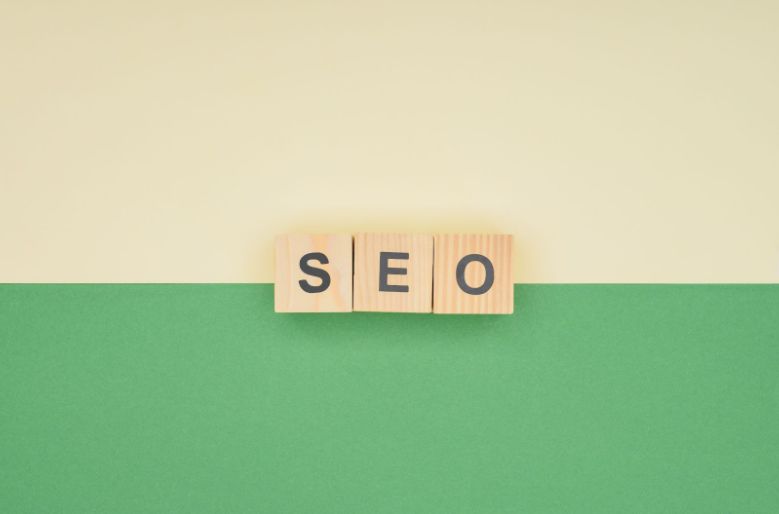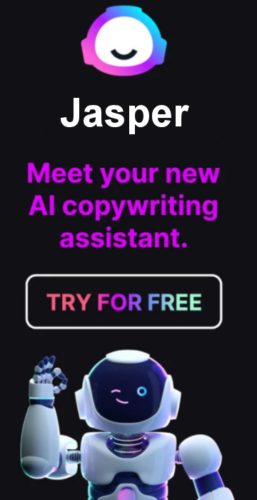If you want to get more traffic from search engines you can quickly become overwhelmed with the amount of information out there.
On-Page SEO is extremely important in order to rank higher on search engines. This article will go over some of the best ways to optimize your content for SEO to bring clarity to your SEO workflow.
What is on Page SEO?
On-page SEO is the process of optimizing a web page to rank well in search engine results. It includes elements such as the title tag, meta tags, and other on-page text elements that are visible to search engines.
The goal of on-page SEO is to make sure that your web pages can be found by people looking for information about your business or product.
Title-tag Optimization
One of the most important things you can do for SEO is to optimize your title-tags. Search engines have shown a strong correlation between a page's title and first-page rankings, so it is critical that you use the best possible keywords.
Put Important Keywords Closer to the Beginning of the Title Tag
Your Title Tag should include your targeted keyword. Experts recommend placing the keyword closer to the beginning of the title, since this increases its weight with search engines. The length of the title tag should be between 50-60 characters.
Write an Engaging Meta description
Even though it does not directly affect the search engine ranking of a website, having a good meta description is an effective way to increase the amount of traffic to that website. Meta descriptions are displayed in search engines as a summary of the page and are a great way to showcase your brand or product to new visitors.
The meta description is typically two lines of text, and it has more real estate on a website than the title or URL. It is crucial to write an engaging meta description to attract more clicks. This is similar to the use of taglines and headlines in classic print advertising.
Mobile Responsiveness
Mobile-friendly web design is an important aspect of SEO. It makes it easier for your audience to navigate your site on their mobile devices, as they can scroll down and zoom in to find what they're looking for. Without mobile-friendly design, your website would appear crowded and your audience would be less likely to stay on your site.
Run a Mobile Friendly Test
If you're not sure if your site is mobile-friendly, check out Google's Mobile-Friendly Test and read the Search Console mobile usability report to see if there's anything you can do. If your site has a lot of static content, consider using AMP (Accelerated Mobile Pages), which is a special flavor of HTML that makes it load faster. In addition to AMP, there are several mobile-friendly platforms you can use to further accelerate your site's speed. You will also want to make sure you have an SSL certificate installed on your website.
Use Schema Markup
Using schema on your website can help boost your SEO value and make your site stand out to users. Using schema for your products and services can increase the trust factor between users and your business. It also makes your page stand out from competitors. Use Google's Structured Data Markup Helper to add schema to your pages.
Schema markup allows you to give Google structured data about your product, service, or event. For example, if you have a cooking recipe, you can include the date it was published and the author's name. To make sure your schema is working correctly, you can use Google's Schema Markup Testing tool. Another option is to perform a Site Audit and see if your website is missing any structured data.
Keyword-rich URLs
One of the top SEO strategies to use for keyword-rich URLs is to optimize the body content. This means including keyword phrases that are relevant to the page. This also involves using contextual variations and synonyms. These two techniques are called LSI, and are useful in determining the relevance of a URL.
Having keyword-rich URLs is critical for SEO because it signals the content of a page. This is because URLs are frequently copied and serve as anchor text. This means that they will appear prominently in search results when the content is relevant. In addition to this, they will also help the user experience.
Internal Linking
One of the most important aspects of internal linking is that it strengthens the authority of internal pages. The more relevant and useful links you can get to your posts and pages, the more important they will be in Google's eyes. Whether you are doing SEO as a strategy to improve your plumbing business advertising and marketing reach or you want to sell products online, having more relevant links will also increase the chances of your post or page achieving top rankings. However, internal linking is a complex process that involves several different factors. It depends on the goals of your site and the kind of traffic you hope to get to it.
First of all, make sure that your internal links aren't broken. If you're not sure if your links are broken, you can use tools like Site Explorer to check them. This tool will show you which pages are redirected and which ones are broken.
Internal Anchor Text
You must use the right internal anchor text on your website. This is an important element of SEO. However, you should not over-optimize it as it can get penalized by Google. Until the Penguin update, using keyword-rich anchor texts was considered best practice. The idea was to manipulate the algorithm and make your website rank higher, but it came at the cost of the user experience. As a result, Google decided to make big changes. The first of these changes was called Penguin and was released in April 2012.
Use LSI keywords in Your Internal Anchors
One of the most important aspects of anchor text is its relevance. It's important to avoid using generic or irrelevant anchor text, as readers may become skeptical. Instead, try using specific names and brands in your anchor text. You can also incorporate the methods of search engines into your anchor text, such as Latent Semantic Index keywords (LSI keywords). If your anchor text contains LSI keywords, it's likely that Google will recognize it as relevant and direct traffic to your page. This strategy is also crucial when doing off page SEO and is one of the key steps in this offpage seo checklist.
Image Optimization
Optimizing your images is a vital part of on page SEO. This simple step will make your website more visible to search engines, give you a competitive advantage in SERPs, and improve the user experience of your website. Here are a few things to keep in mind to optimize your images for SEO.
Add Image Alt Text to Every Image on Your Site
Add alt text to your images. This will make it easier for those with visual impairments to interact with your images. This also allows search engines to understand images and use them as anchor text for internal links. Use keywords in the alt text that make sense within the content of the page. Avoid keyword stuffing as this will have a negative impact on the user experience and could even lead to your site being marked as spam by Google.
Image File Size and Compression
Image optimization involves optimizing the file size of images used on your website. A large file size can slow down a website. Using a smaller file size on your images will make the site load faster. Slow loading pages will reduce your SERP rankings and your user experience. In addition, they will lead to negative reviews and lower conversions.
Start Using These On-Page SEO Techniques
On-page SEO is the foundation of your website's SEO efforts. If you have a well-optimized site, you will have an easier time ranking higher in Google search results. We hope you’ll start using these on page SEO techniques to improve your website’s SEO performance.
About the Author:
The SEO-Alien is a project started in 2009 regarding all things online marketing. The site started out more of a diary of predictions, suggestions and references to things I frequently used for online marketing... before social media marketing was even an option.
I hope you find the information and tools presented here useful and something worth sharing with others.
If there is anything else about online marketing or any online advertising strategy you think would be helpful, please let me know.



